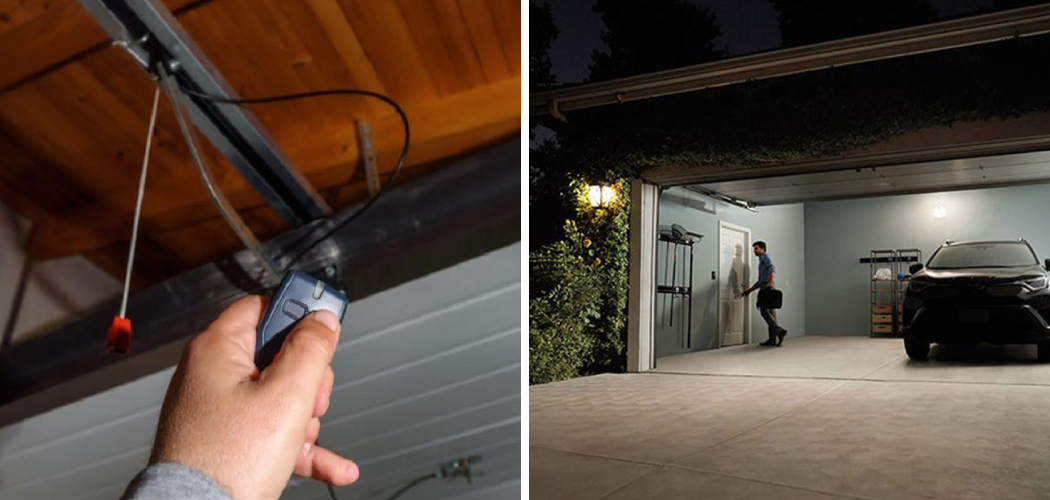Experiencing a power outage can be frustrating, especially when it disrupts the functionality of your garage door. If you’ve found yourself stuck with a garage door that won’t budge after the lights come back on, you’re not alone. Resetting your garage door after a power outage is a straightforward process that can restore convenience and security to your home.
In this guide, we’ll walk you through how to reset garage door after power outage, offer troubleshooting tips for common issues, and provide maintenance advice to prevent future problems. Get ready to regain control of your garage door with our easy-to-follow instructions!
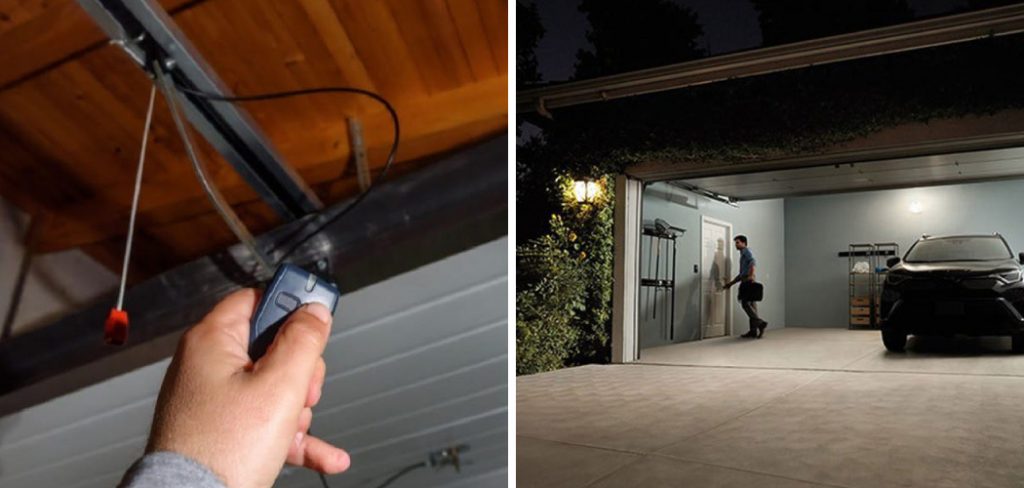
Importance of Resetting Your Garage Door After a Power Outage
Resetting your garage door after a power outage is crucial for several reasons. Firstly, it ensures the security of your home. A garage door that remains non-operational may pose a security risk, as it could be left ajar, providing easy access for intruders. Secondly, resetting the garage door restores normal convenience and functionality. Without resetting, you might find yourself unable to get your car in or out of the garage, which can disrupt your daily schedule.
Additionally, not addressing the reset promptly can lead to further mechanical issues, making what could have been a simple fix a more costly and time-consuming problem down the line. Resetting the garage door also gives you an opportunity to check and perform any necessary maintenance, ensuring that the system operates smoothly and efficiently in the future.
Understanding the Impact of a Power Outage
A power outage can have a significant impact on the functionality and security of your home, particularly when it comes to automatic systems like your garage door. When a power outage occurs, it can cause the automatic garage door opener to lose its settings or become misaligned, leading to temporary malfunction.
Beyond the initial inconvenience, these disruptions can also compromise the security of your garage. A garage door that has been manually disengaged for emergency access during a power cut can remain unsecured if not properly reset.
10 Methods How to Reset Garage Door after Power Outage
Method 1: Manual Disengagement and Re-engagement
After a power outage, your garage door opener may need to be reset manually. Start by locating the emergency release cord, which is usually red and hanging from the opener’s trolley. Pull the cord to disengage the door from the opener. This allows you to operate the door manually.
Once the power is restored, you’ll need to re-engage the door. Close the garage door manually, then pull the emergency release cord towards the door to reset it. Listen for a click or watch for the trolley to connect back to the opener’s carriage. Finally, test the opener by pressing the button on your remote or wall control.
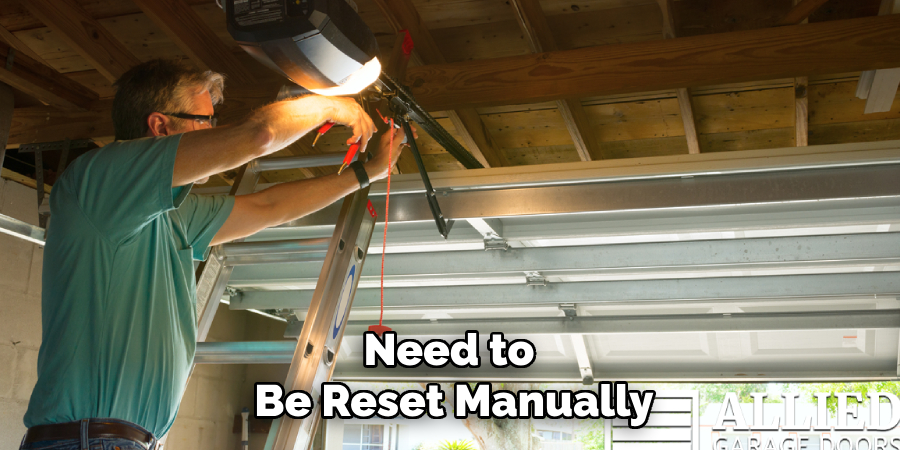
Method 2: Checking the Circuit Breaker
Sometimes, a power outage can cause a circuit breaker to trip, preventing the garage door opener from working even after power is restored. Locate your home’s electrical panel and check for any tripped breakers. If you find one, switch it off and then back on to reset it.
Return to the garage and test the door opener by pressing the remote or wall button. If the door doesn’t move, you may need to unplug the opener for a few minutes before plugging it back in. This action can help reset the internal systems of the opener. This method ensures that the garage door opener is receiving power and is ready to function correctly.
Method 3: Resetting the Remote Control
In some cases, a power outage can disrupt the communication between the garage door opener and its remote control. To reset the remote, locate the “Learn” button on the garage door opener unit, usually found near the antenna wire. Press and hold the “Learn” button until the LED light next to it turns on.
Within 30 seconds, press the button on your remote control that you use to operate the garage door. The LED light on the opener should blink or turn off, indicating that the remote has been reprogrammed. Test the remote by pressing the button to ensure it now operates the door. This method re-establishes the link between the remote and the opener.
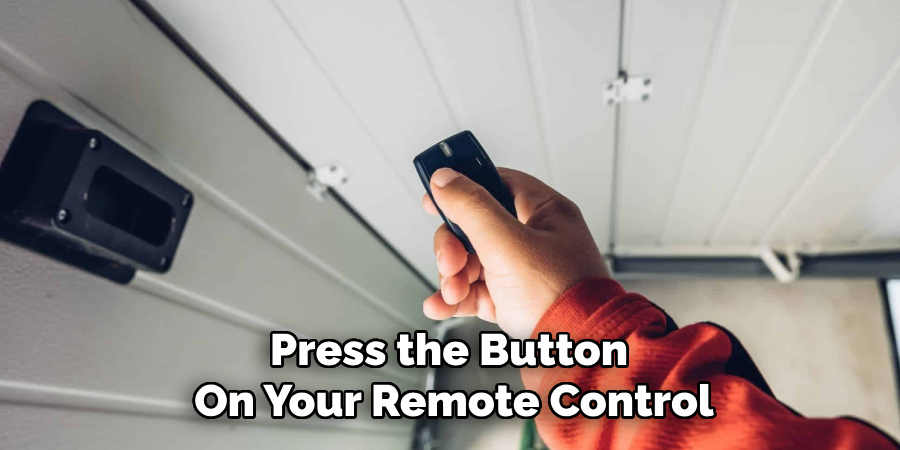
Method 4: Reprogramming the Keypad
If your garage door opener is equipped with a wireless keypad, it may also need to be reset after a power outage. Start by pressing the “Learn” button on the garage door opener until the LED light turns on. Go to the keypad and enter your PIN followed by the “Enter” button. If the opener has accepted the new programming, the light on the unit will blink.
Test the keypad by entering the PIN and pressing “Enter” to see if the door opens. If it doesn’t work, repeat the process. This method ensures that the keypad is synced with the opener, allowing for proper operation.
Method 5: Checking and Reconnecting the Sensors
Garage door openers rely on sensors located near the floor on each side of the door to prevent it from closing on objects or people. After a power outage, these sensors may need to be realigned or reset. Check to ensure the sensors are properly aligned—both sensors should have their indicator lights on.
If one or both lights are off or blinking, adjust the sensors until the lights are steady. Additionally, ensure there are no obstructions or debris blocking the sensors. Once aligned, test the garage door opener to ensure it operates smoothly. This method ensures the safety features of the garage door are functioning correctly.

Method 6: Reconnecting to a Smart Home System
For garage door openers integrated with smart home systems, a power outage can sometimes disrupt the connection. Open your smart home app and check if the garage door opener is still listed as a connected device. If not, you may need to re-add it.
Follow the instructions specific to your smart home system, which typically involves placing the opener in pairing mode and connecting it through the app. Ensure your Wi-Fi network is stable and the opener is within range. After re-establishing the connection, test the opener via the app to confirm it responds to commands. This method ensures seamless integration with your smart home system.
Method 7: Checking the Battery Backup
Some garage door openers come with a battery backup feature to operate during power outages. After the power is restored, check the battery backup to ensure it is functioning and properly charged. Open the battery compartment on the opener unit and inspect the battery for any signs of damage or wear.
If necessary, replace the battery with a new one. Additionally, some systems may require a manual reset of the battery backup system, which can usually be done by pressing a reset button on the unit. This method ensures that your battery backup is ready to function during future power outages.
Method 8: Inspecting the Opener’s Internal Circuitry
Power outages can sometimes cause issues within the garage door opener’s internal circuitry. Unplug the opener and inspect the circuit board for any visible signs of damage, such as burnt components or loose connections. If you notice any issues, you may need to consult the user manual or contact a professional technician for repair.
After inspecting and ensuring there are no visible issues, plug the opener back in and test the operation. This method helps identify and address any internal problems that might prevent the opener from working correctly.
Method 9: Performing a Full System Reset
Some garage door openers have a full system reset function that can restore the unit to its factory settings. Consult your user manual to locate the reset button or sequence. This often involves pressing and holding the reset button for a certain period or following a specific combination of button presses.
Be aware that a full system reset will erase all programmed remotes, keypads, and other settings, so you will need to reprogram them afterward. This method is useful for addressing persistent issues that simpler resets do not resolve, ensuring your opener operates like new.
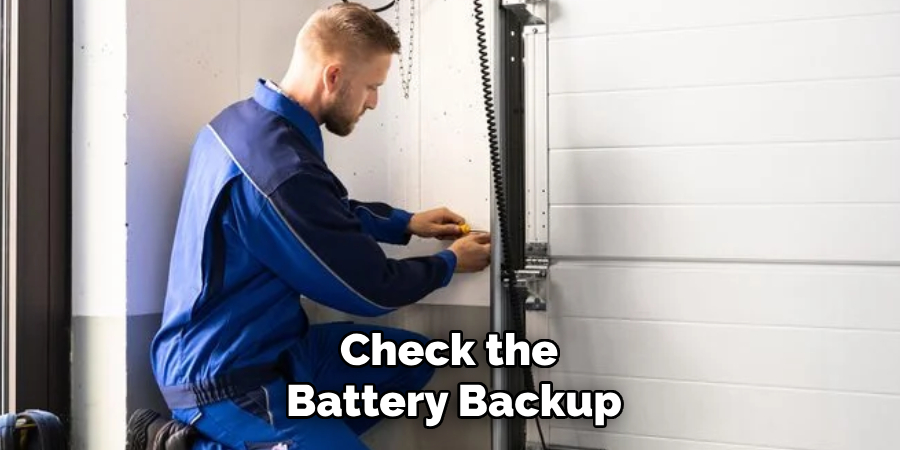
Method 10: Professional Maintenance and Inspection
If you’ve tried all the above methods and your garage door opener still doesn’t function properly, it might be time to call in a professional. A trained technician can inspect the opener, diagnose any issues, and perform necessary repairs or maintenance.
They can also check the entire system, including the door balance, springs, and tracks, to ensure everything is in good working order. Regular professional maintenance can prevent future problems and extend the life of your garage door opener. This method provides peace of mind knowing that your garage door system is in expert hands and functioning optimally.
Conclusion
Dealing with a garage door opener that stops working after a power outage can be a frustrating experience, but following these comprehensive methods can help restore functionality. From simple fixes like checking the power supply and reprogramming remotes to more complex solutions like inspecting the internal circuitry or performing a full system reset, these steps cover various potential issues.
Always ensure safety by properly aligning sensors and maintaining the battery backup. Thanks for reading, and we hope this has given you some inspiration on how to reset garage door after power outage!

